Socialist Realism during the Stalin Era
1/17
Earn XP
Description and Tags
How effective was the soviet Governments use of culture and the arts? (UNFINISHED)
Name | Mastery | Learn | Test | Matching | Spaced |
|---|
No study sessions yet.
18 Terms

Cultural Revolution
What did Stalin introduce in the late 1920s which showed a shift in attitude towards culture from Lenin?
The cultural revolution (1928-31) which was a movement by the Communist Party activists to purge all ‘bourgeois’ elements from Soviet culture. This entailed a full-scale assault on traditional writers and artists.
Cultural Revolution
Which group of people were targeted during the cultural revolution?
The fellow travellers tolerated under Lenin were to be removed and replaced by artists whose loyalty to socialism was not in question.
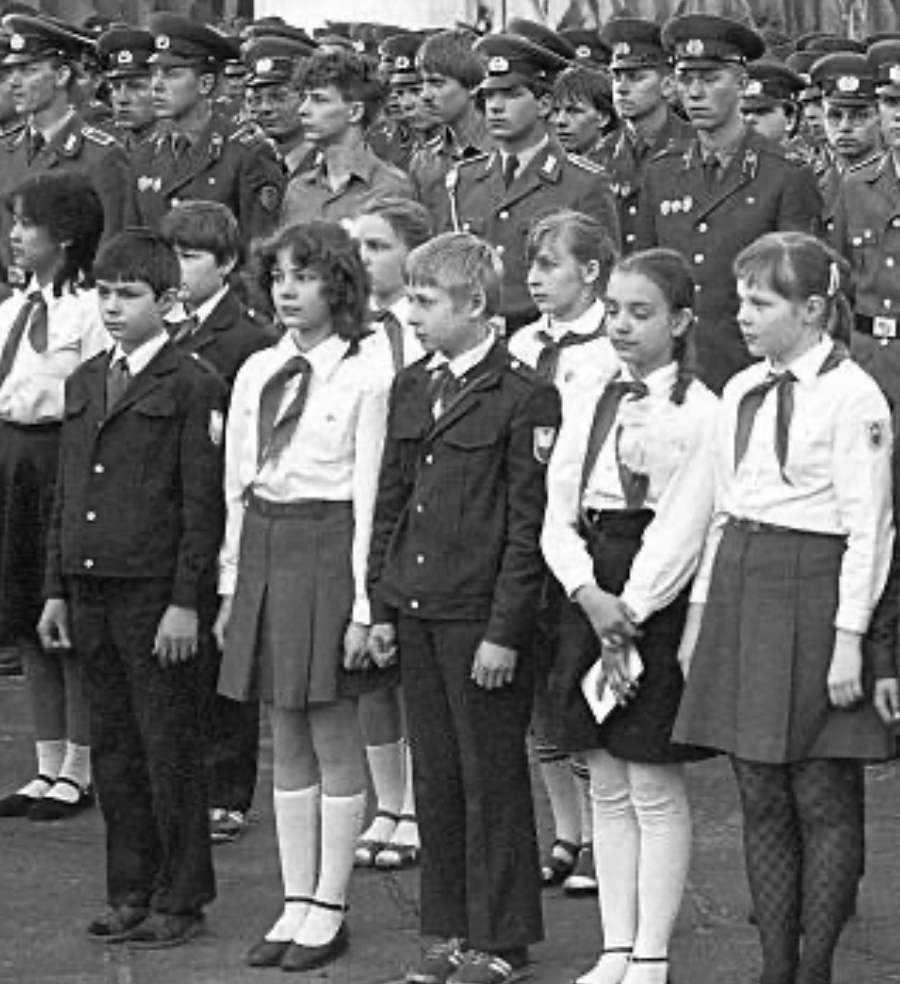
Cultural Revolution
What were members from Komsomol (the Communist Party youth group) encouraged to do?
Root out and attack ‘bourgeois’ elements. Theatre productions of suspect plays were disrupted by booing and whistling.
Cultural Revolution
What did the Russian Association of Proletarian Writers (RAPP) do?
They made increasingly bitter attacks on the Fellow Travellers and influenced by the ideas of the prolekult movement they preferred works that stressed the achievements of the workers in what became termed the cult of the ‘little man’
When was the RAPP closed down and what was it replaced with?
1932 and it was replaced by a new Union of Soviet Writers which in effect brought the Cultural Revolution to an end
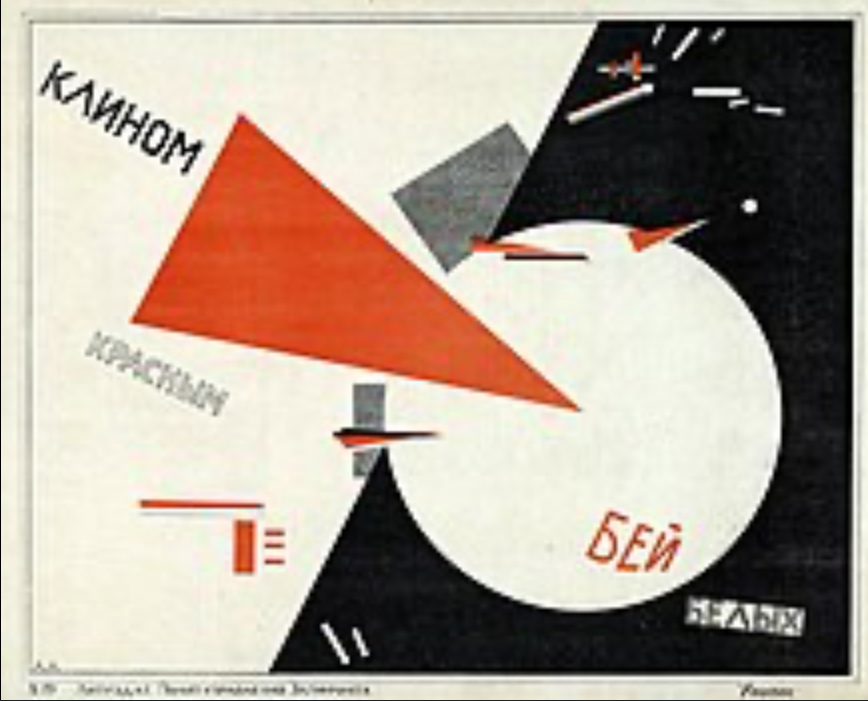
What did Stalin think about avant-garde?
In 1930 he wrote an article in ‘The Bolshevik’ which argued that revolutionary art should reflect government priorities rather than individual creativity. He also criticised abstract art and non-narrative films arguing that the ordinary soviet citizens could not understand them

What was Socialist Realism?
A term used to describe art that presented idealised images of life under socialism to inspire the population towards its achievement. It was used to convince the Soviet population that Stalin’s statement of 1935 ‘Life has become more joyous’ was true
What was the role of the Union of Soviet Writers?
To police the movement, rewarding those who complied to socialist realism and restricting those who did not.
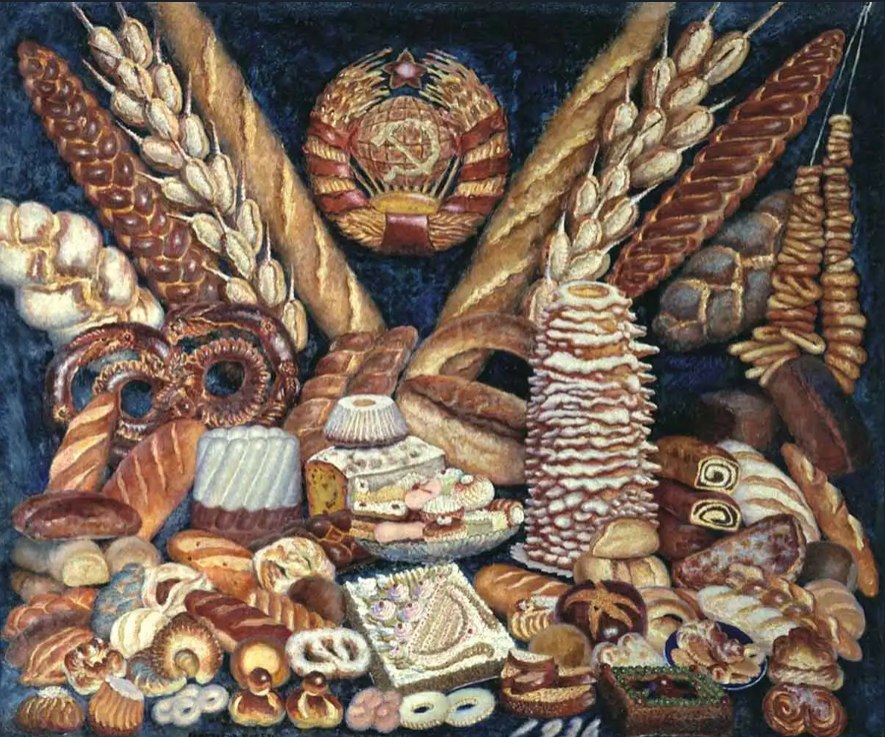
How was art impacted by Socialist Realism?
Picture= Soviet Bread (1936) by Ilya Mashov
There was to be no experimentation with form and avant garde styles such as abstract art were rejected.
Art was used by the regime to project idealised images under the Five-Year Plans. Stalin wanted himself to be presented as responsible for the achievements of socialism so art was often combined with Socialist Realism and Stalin’s cult of personality.
How was literature impacted by socialist realism?
There was a change of emphasis away from the cult of the ‘little man’ to heroes connected to the Party e.g. a hero from the people who is guided to the Party to greater things. The Party controlled what was published and by whom.
Give an example of high literature writers who used this trope
Mikhail Sholokhov and Maxim Gorky
What was ‘Lowbrow’ literature concerned with?
Heroes from Russian history, war stories or detective novels where a police agent thwarts the evil capitalists. People had easy access to these books due to their low prices and the tenfold growth in library acquisitions.
Give an example of a Russian poet whose work was banned by Stalin
Anna Akhmatova who became a dissident and protested against the soviet government
How was music impacted by socialist realism?
The government preferred military songs to jazz and in the 1940s the saxophone was banned as jazz was considered decadent.
What musical performance did Stalin walk out of and why?
In 1935 Stalin walked out of a performance of Shostakovich’s opera ‘Lady Macbeth of Mstensk’ due to discordant notes but the real reason was Stalin’s shock at the bedroom scene.
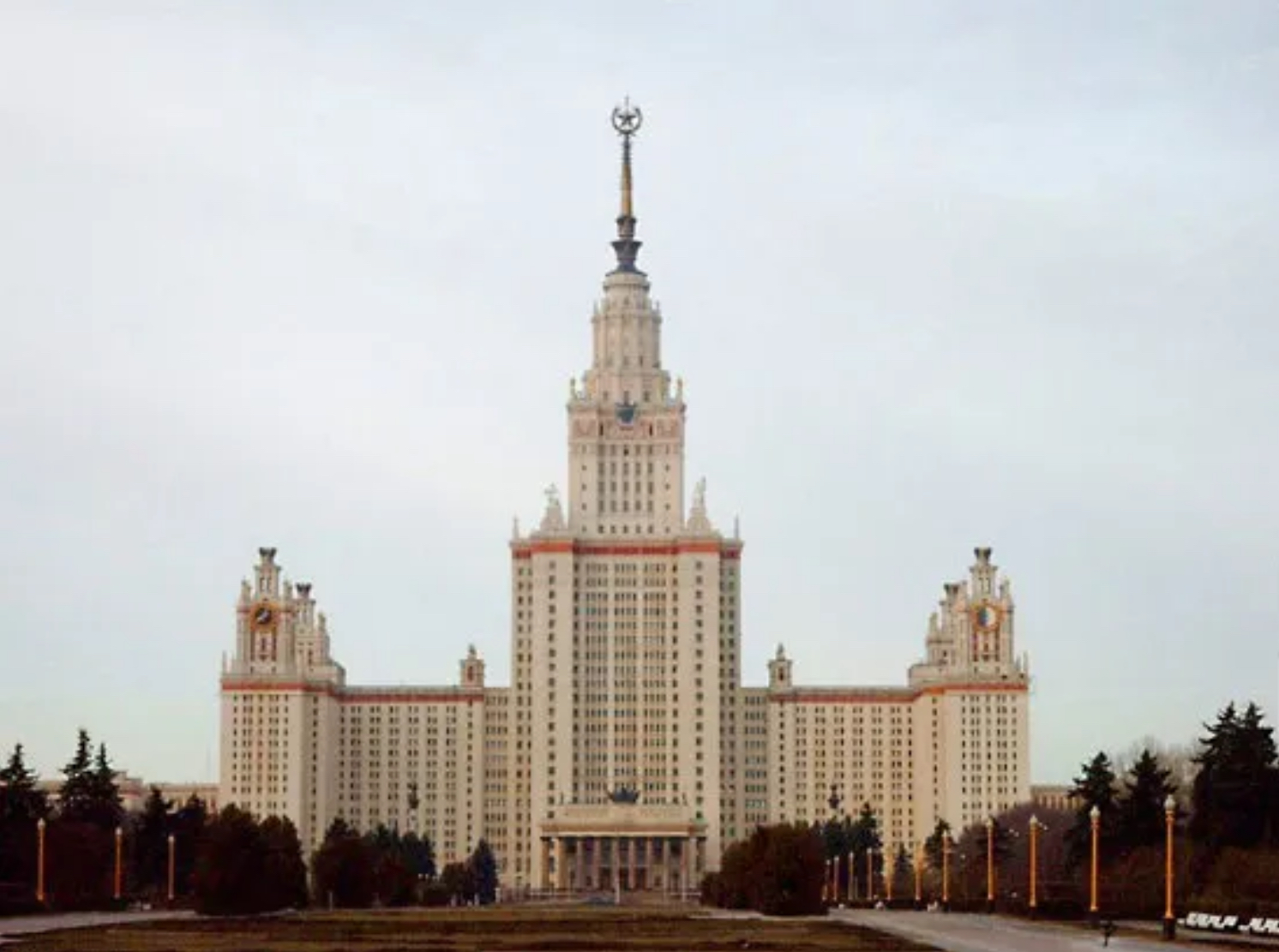
How was architecture impacted by socialist realism?
Image: Moscow University
The style ‘Stalinist baroque’ was promoted and many public buildings such as the Moscow University were built in this style that favoured classical lines. The Moscow metro system was another examples of Stalinist baroque as the stations were decorated with chandeliers and murals depicting workers.
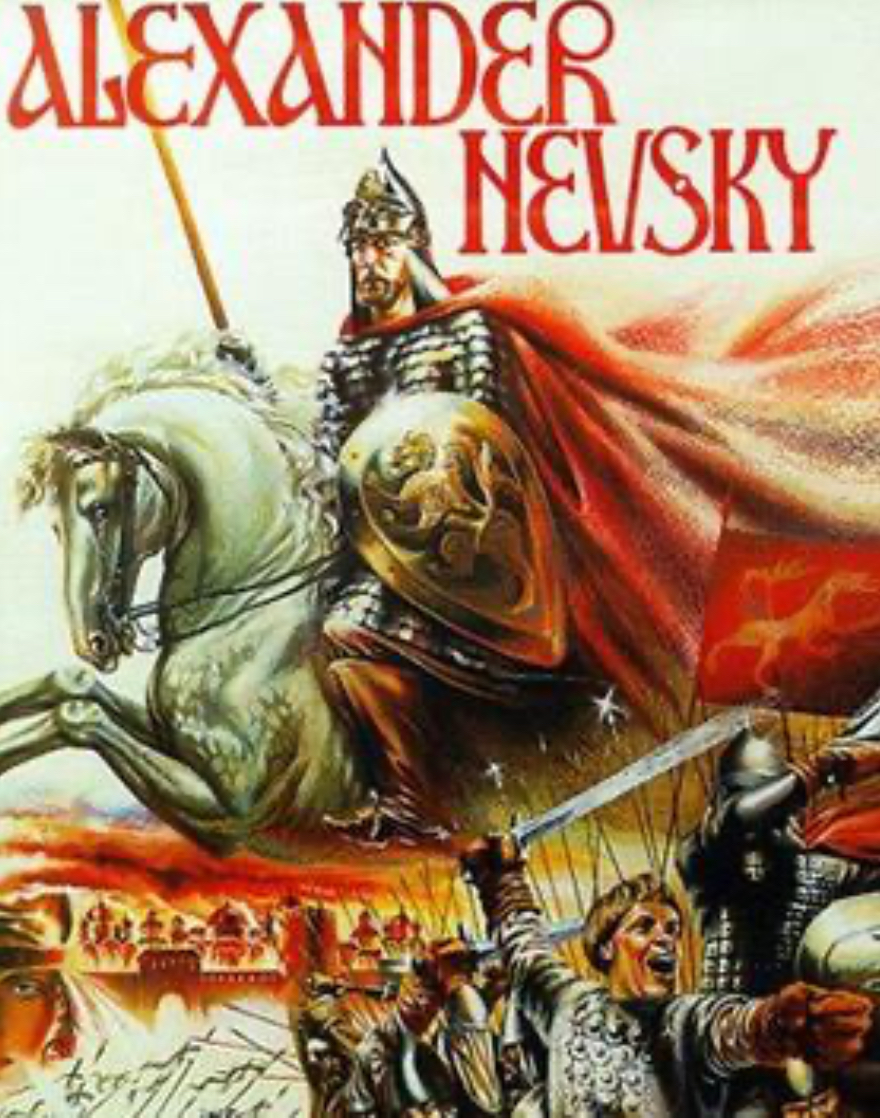
Give examples of films influenced by socialist realism
Eisenstein’s October (1927) which presented the heroic version of the storming of the Winter Palace in 1917. This served the interests of the government as it presented the Revolution as a mass movement. However more people died making the film than the actual events themselves due to ammunition.
During WW2 the film Alexander Nevsky promoted patriotism towards mother Russia.
How did culture change during Stalin’s last years?
It seemed as though after WW2 artists would be allowed greater freedoms but this was quickly dispelled.
Western culture was condemned in a campaign referred to as Zhdanovschina. In 1946 a campaign was launched to remove all aspects of ‘bourgeois’ culture from the West.